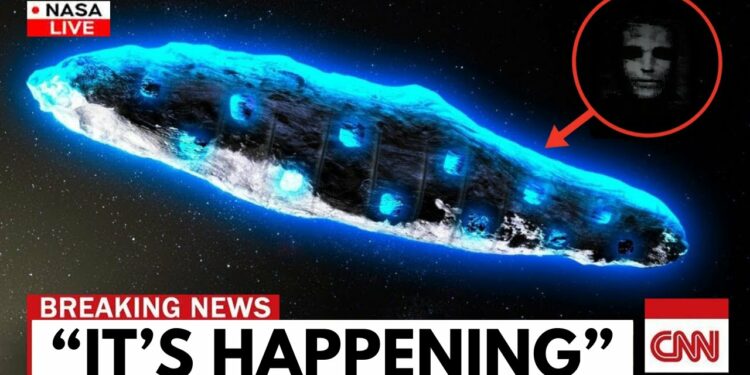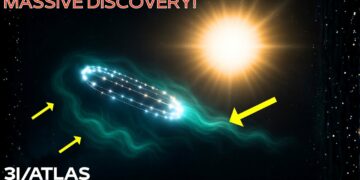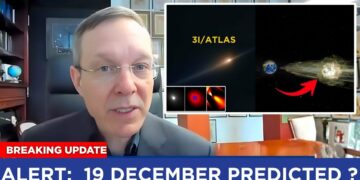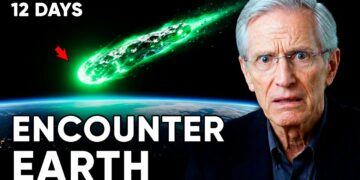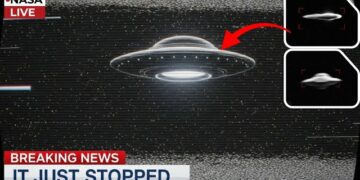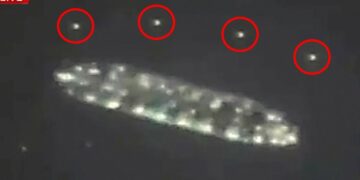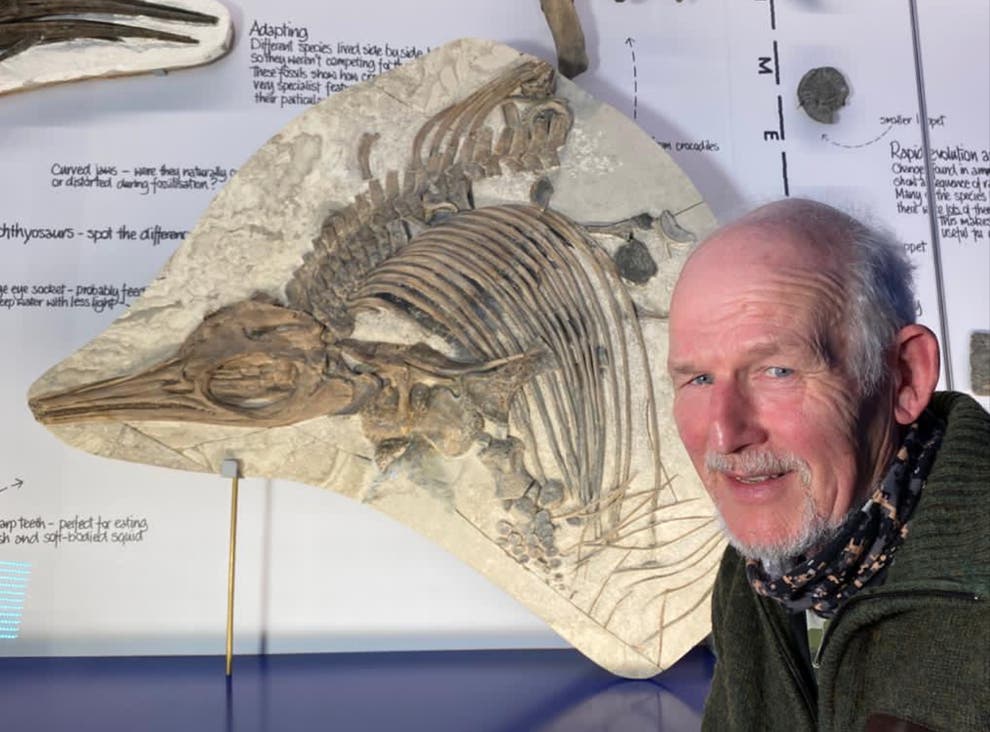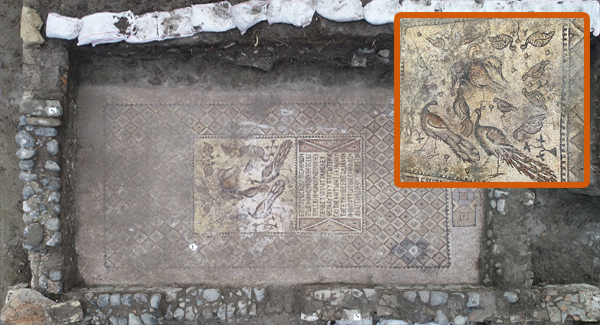It began with a flicker, a faint anomaly in the data. Something cold, silent, and impossibly swift was moving through our solar system in a way never seen before. Telescopes from Hawaii to South Africa spotted it first, and NASA soon confirmed its existence. This was a new, uncharted object, defying the expected laws of gravity, and most chillingly, it originated from beyond our solar system. At first, scientists thought it was just another rock. But within hours, patterns emerged: its speed was too fast, its trajectory too precise, its reflections unnaturally bright. When researchers traced its path, the results were chilling—it was heading straight toward the heart of our system.
For decades, we’ve viewed space as silent, still, and indifferent. But now, as this enigmatic object races through our cosmic neighborhood, the James Webb Space Telescope has turned its gaze upon it, revealing glimpses of something we may not be prepared to face. Some are now asking: What if this isn’t just a visitor? What if it’s observing us in return?
First detected between June 25 and 29, the object, officially named 3II Atlas, appeared on the radar of ATLAS, a high-speed sky-scanning system designed to detect hazardous objects before they catch us off guard. But this wasn’t just another asteroid. Its speed exceeded 152,000 mph, its orbit followed none of the familiar gravitational paths of comets or solar system wanderers, and simulations of its trajectory pointed not to the Oort Cloud or Neptune, but to interstellar space—possibly the core of our galaxy. This wasn’t debris from our solar system’s formation. It was something that had traveled through the void for tens of thousands of years, unseen, until it crossed into our domain.
The deeper mystery, however, isn’t just its origin—it’s the timing. Before 2017, no interstellar object had ever been detected. Now, we’ve seen three, each stranger than the last. After the initial discovery, scientists worldwide raced to secure time on the James Webb Space Telescope, the most powerful observatory ever built, capable of peering deeper into space and time than any before it. Now, it was focused on something much closer—and far more unsettling.
The object’s brightness didn’t align with its apparent size. Its intense light reflection suggested a massive structure, yet measurements indicated something smaller, implying a surface that didn’t behave like rock or ice but like highly reflective metal—possibly hollow. Harvard astrophysicist Avi Loeb, who previously suggested the 2017 object ‘Oumuamua might be artificial, stepped forward again. He urged scientists to look for non-gravitational acceleration—subtle deviations in motion not explained by the Sun’s gravity. Such deviations could suggest the object isn’t drifting but navigating. If it’s navigating, we’re not observing a rock. We’re witnessing a decision.
To grasp the gravity of this discovery, we must consider the two interstellar objects that came before. In 2017, ‘Oumuamua stunned the scientific world with its elongated shape, lack of a comet tail, and mysterious acceleration after passing the Sun, despite no visible signs of propulsion. In 2019, Borisov appeared—a comet, yes, but faster and more volatile than anything previously observed. Each object left us with more questions than answers. But 3II Atlas is different. It combines ‘Oumuamua’s inexplicable brightness with Borisov’s unusual trajectory. It doesn’t behave like a rock, nor does it fit neatly as a comet. Now, astronomers are entertaining a radical possibility: these may not be isolated events but part of a pattern—a deliberate sequence of contact disguised as randomness.
For centuries, our skies were empty. Then, suddenly, they weren’t. The only variable that changed was us.
Amid the scientific papers, trajectory models, and observational data lies a question no institution dares address publicly: What if it’s not natural? When you strip away the inconsistencies—the excessive brightness, the precise path, the non-gravitational motion—what remains is a possibility too terrifying to voice aloud: artificiality. Not aliens in the Hollywood sense, not flying saucers or green faces, but probes—autonomous systems, artificial messengers sent long ago from distant places. Loeb suggests we may have missed the message from ‘Oumuamua, and 3II Atlas could be our second chance. Its surface properties, anomalous speed, and timely arrival all hint at intentionality—or at least engineering.
The James Webb Space Telescope continues to monitor its thermal signature, spin, and trajectory. But what if the answers we’re uncovering aren’t about what it is, but who sent it? In a 13.8-billion-year-old cosmos, the most terrifying discovery wouldn’t be that we’re alone—it would be that we’ve been watched all along, and only now are we advanced enough to notice.
As days passed, data from the James Webb Telescope and ground-based observatories began to converge on something deeply unsettling. The object was accelerating slightly, in ways solar radiation couldn’t explain. There was no comet-like outgassing, no tail, no particle plume, no detectable emissions. Yet, it continued to adjust its trajectory with eerie precision. Webb’s infrared lenses confirmed a faint, consistent thermal signature—not chaotic like an icy body, but stable, patterned, and directed. This echoed the unexplained acceleration of ‘Oumuamua, which sparked quiet panic in scientific circles. This time, it wasn’t dismissed. It was measured, tracked, and now feared, because acceleration without a clear force suggests control.
For the first time, scientists began whispering in internal memos what they couldn’t say publicly: We’re not just observing this object—it might be observing us. With Webb’s advanced instruments trained on it, NASA’s Goddard Space Flight Center conducted a full spectral analysis, expecting to find silicates, iron, or ice—typical signs of celestial debris. Instead, they found something that shattered expectations. The surface composition didn’t match any known asteroid or comet. Certain absorption lines suggested advanced carbon structures, more akin to engineered materials than natural geology. In simpler terms, it appeared manufactured. Its reflectivity was unusually high, and its spin showed hints of symmetry—almost unheard of in random cosmic debris. One side absorbed more heat than the other, possibly indicating intentional design. Electromagnetic fluctuations suggested internal complexity, perhaps cavities or layered density. Whatever this was, it wasn’t a typical rock. And if it’s not a rock, what is it?
That question began to resonate from NASA’s Jet Propulsion Laboratory to the European Southern Observatory and into the classified halls of national defense agencies. If nature didn’t create this, someone did. As public excitement grew, a new kind of silence emerged. Agencies like NASA, ESA, and India’s ISRO, which initially shared trajectory data and light curves, suddenly stopped. Mission pages went quiet, observational timelines vanished, and requests for raw Webb data were denied, citing internal reviews. FOIA requests from journalists returned heavily redacted documents. Whispers leaked from observatories: researchers were reassigned, telescope access restricted. The public, once fed a narrative of curiosity, now faced closed doors. Why? What changed?
Analysts in the astrophysics community began to suspect that something extraordinary had been found, and governments were scrambling not just to understand it but to control what the public could know. When a discovery challenges the foundations of physics, security, or belief, it ceases to be science—it becomes a matter of control. And in space, control is as much about silence as it is about signals.
As the object continues its silent journey through our solar system, a new realization is dawning. This is no longer just a data point—it’s an inflection point, a moment that forces us to reconsider centuries of assumptions about space, solitude, and humanity’s place in the cosmos. If this object is artificial, it hails from a civilization far older than ours, capable of crafting something that survives millennia in deep space—a presence that speaks through its existence alone. If it’s natural, it’s a phenomenon so advanced and rare that it mimics design to the point of deception. Either way, our understanding of the universe is incomplete. The James Webb Telescope has held up a mirror to our ignorance. We are no longer staring into the void—the void may be staring back, and what it sees might finally be worthy of its attention.
Amid the escalating mystery, a more disquieting idea is rippling through the scientific community—not in public forums or journals, but in hushed conversations and encrypted emails. What if this object wasn’t found by accident? What if its arrival, timed with the growing sophistication of our instruments and the precise orientation of the James Webb Telescope, is the final variable in a cosmic experiment? Not just a drifting artifact, but a test—a probe waiting for a civilization advanced enough to detect it, signaling, “You’re now intelligent enough to find us. What will you do next?”
Consider this: billions of years of radio silence, no messages, no obvious visitors. Yet now, as AI advances, quantum physics accelerates, and humanity reaches beyond Mars, something appears—quiet, precise, and intriguing enough to pull our greatest telescope from its deep-sky missions. Could this be the moment we become the subject of study? Are our reactions, science, fears, and silence part of their observation? Perhaps the scariest realization isn’t what we’ve seen, but that we were never the observers at all.
The James Webb Space Telescope was built to look outward, to trace the earliest stars and unravel the origins of galaxies. Instead, it found something here, now, possibly watching us. Not at the universe’s edge, but crossing our cosmic doorstep—an object too perfect to be random, too silent to be ordinary, too timely to be coincidence. We sought answers; instead, we found a mirror, reflecting not just infrared light but our deepest insecurities. Are we alone? Have we ever been? Or were we simply not advanced enough to notice what’s been passing by?
What Webb has revealed isn’t just a celestial object—it’s the beginning of a new vocabulary, one we may not be ready to define. Whether artificial or natural, intelligent or accidental, the truth is clear: we’ve entered a new phase of cosmic awareness. Our telescopes no longer just show stars—they reveal how much we don’t know, and perhaps how much someone else already does. This wasn’t a warning signal—it was a test pattern. The question now isn’t whether we’ll find something out there, but whether something has already found us.
If this story sent a chill down your spine, if it made you question what we thought we knew about the cosmos, if it forced you to wonder who’s really looking through the lens, don’t walk away in silence. Subscribe to this channel, as we follow the signals others ignore. Turn on notifications—the next object might not just pass by. Share this with someone who still believes we’re alone in the dark. Comment below: Do you think 3II Atlas is natural, or something more?

